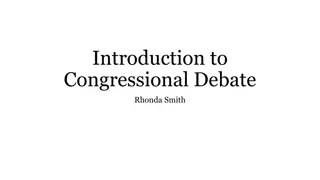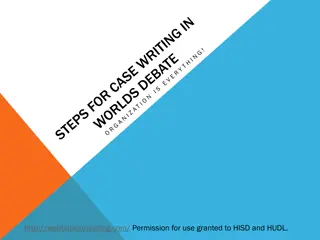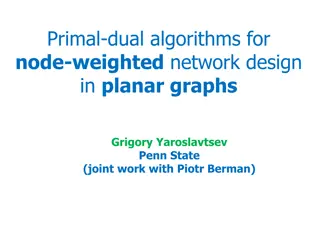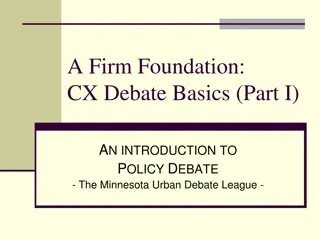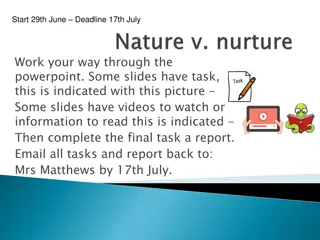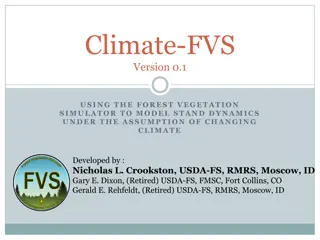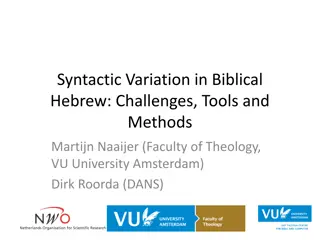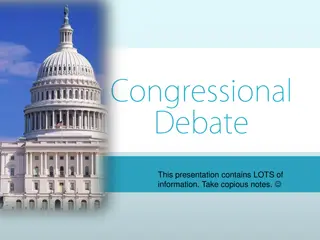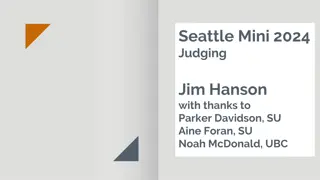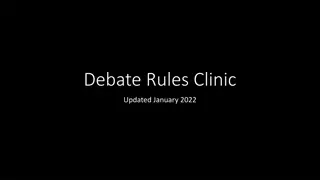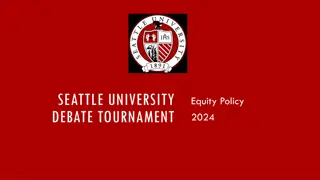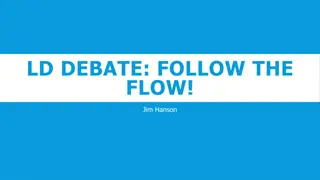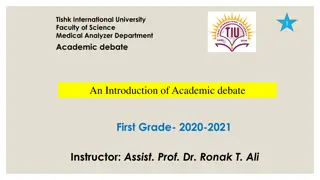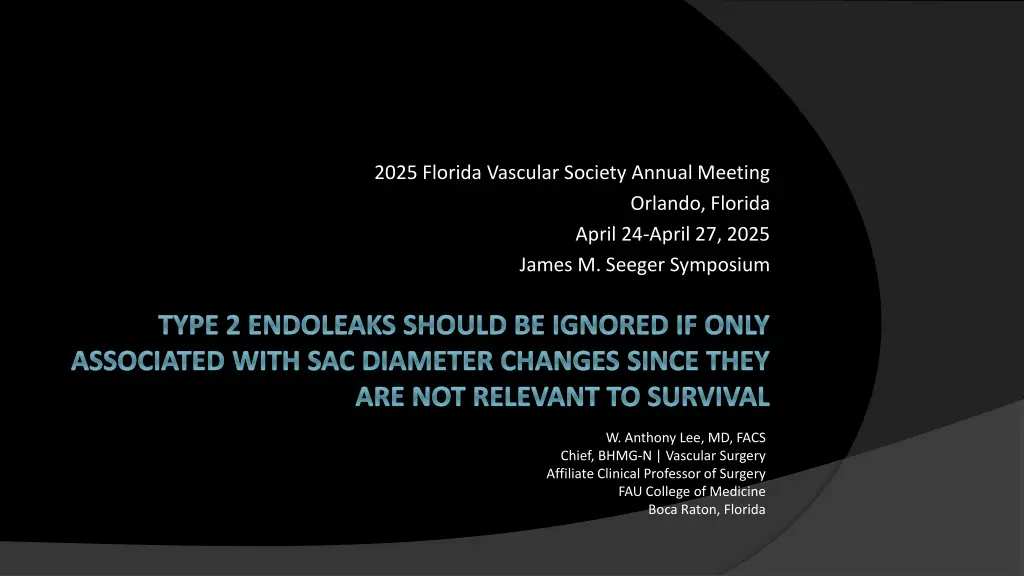
Understanding Type II Endoleaks in EVAR Procedures
Explore the impact of Type II endoleaks on long-term survival in EVAR procedures, with insights on incidence rates, associated risks, and success criteria. Learn how to differentiate fact from fiction and the importance of considering patient perspectives in defining surgical success.
Download Presentation

Please find below an Image/Link to download the presentation.
The content on the website is provided AS IS for your information and personal use only. It may not be sold, licensed, or shared on other websites without obtaining consent from the author. If you encounter any issues during the download, it is possible that the publisher has removed the file from their server.
You are allowed to download the files provided on this website for personal or commercial use, subject to the condition that they are used lawfully. All files are the property of their respective owners.
The content on the website is provided AS IS for your information and personal use only. It may not be sold, licensed, or shared on other websites without obtaining consent from the author.
E N D
Presentation Transcript
2025 Florida Vascular Society Annual Meeting Orlando, Florida April 24-April 27, 2025 James M. Seeger Symposium TYPE 2 ENDOLEAKS SHOULD BE IGNORED IF ONLY ASSOCIATED WITH SAC DIAMETER CHANGES SINCE THEY ARE NOT RELEVANT TO SURVIVAL W. Anthony Lee, MD, FACS Chief, BHMG-N | Vascular Surgery Affiliate Clinical Professor of Surgery FAU College of Medicine Boca Raton, Florida
Disclosure No disclosures relevant to this presentation
All Truth passes through three stages. First, it is ridiculed. Second, it is violently opposed. Third, it is accepted as being Self-Evident. Arthur Schopenhauer (1788-1860)
What you will NOT see Series of funny memes and video clips attempting to distract you from the Truth An exhaustive review of 10,000,000,000 (actually 840) publications supporting the Truth 100 slides trying to convince you of what is Self-Evident
That said, I concede Type II endoleaks do NOT impact long term survival regardless of change in aneurysm size Fundamental goals of aneurysm repair Prevent rupture Prevent aneurysm-related death and morbidity Maintain and/or improve quality of life (relieve aneurysm-related anxiety and suffering)
Type II endoleaks: The Achilles Heel of EVAR Let s separate fact from fiction So what do we know? Incidence of early detectable T2E is 15-40% Likely HIGHER as it is highly imaging technique dependent Under-reported (in VQI, 1/3 entries missing EL data) >30-50% T2E are associated with sac enlargement Paradoxically, for reasons not entirely clear, much faster than an unrepaired aneurysm 10-15% rate of secondary interventions for T2E Avg $6700/patient T2E associated with increased frequency of imaging Radiation, time lost, cost personal and societal
Lets take a step back What is success after EVAR? Is YOUR definition of success same as the PATIENT S? maybe or maybe not ( who s matters more?) Let s not forget there is this unthinkable and maximally- invasive procedure called OPEN SURGERY that can eliminate this discussion altogether (and yes!!!, even for many of those high-risk patients)
Last words I agree: T2E are benign until they are not Remember that pseudo-condition called endotension ? Just because you can t see it, doesn t mean it ain t there If you were the patient, would you rather NOT have an endoleak than have one?


